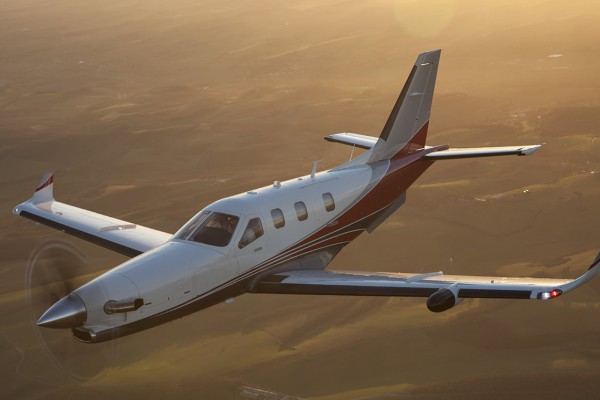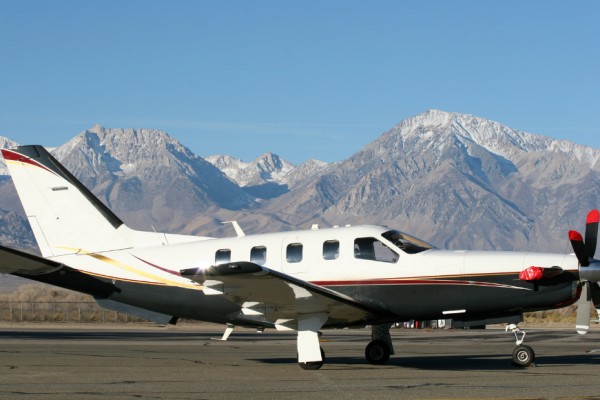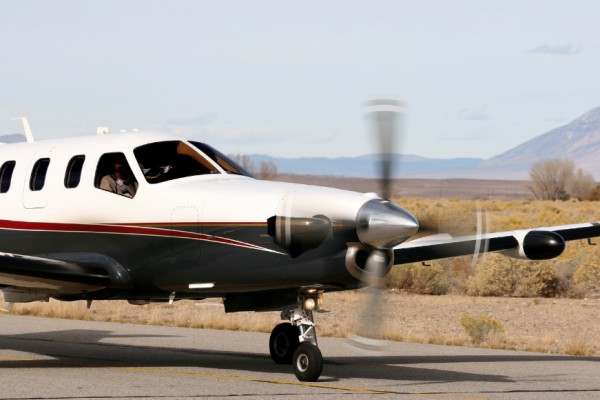- Civil Aircrafts
- 1 year before
What Does Stall Mean and How to Prevent It?
A detailed guide on what is stall condition, how pilots should manage this critical situation and stall prevention techniques. and more in thsi article
-

- 1 year before
- Category: Civil Aircrafts

What Does Stall Mean From The Pilot's Eye?
One of the most critical situations that can be encountered during a flight is undoubtedly the 'stall' situation. As one of the events that pilots should pay the most attention to and requires precision, stall is critical to flight safety. A stall is a decrease or complete disappearance of the aerodynamic lift force that is actually present on the wing of an aircraft. In this article, we will touch on important information about the stall and the actions that need to be taken at the time of the stall.
What Does Stall Mean?
Understanding the basic principles of aerodynamics is vitally important for understanding the stall phenomenon. An airplane has a lifting force thanks to the Bernoulli principle due to the air flowing faster through the upper part of its wings. But when the angle of inertia of the wings, that is, the angle of the wings against the air flow, rises above a certain value, the air flow leaves the upper surface of the wings, losing the lifting force. This is called a 'stall' and if the pilot does not intervene quickly and accurately, the aircraft can go out of control and crash
.What should be done in the event of a stall?
The reaction of the pilots at the moment of stall is quite important. During training, stall situations are constantly simulated and pilots prepare for this situation. During a stall, the first step is to increase engine power and push the nose of the aircraft down to help increase speed. In addition, it is necessary to reduce the angle of inertia of the aircraft in order to be able to restore airflow to the wings. These corrections allow the aircraft to regain lift force and provide control.Stall Prevention Techniques
Pilots constantly monitor flight parameters to avoid stall. During the flight, attention is paid to the air speed indicator and constant control is ensured so as not to fall below the minimum speed limits. In addition, movements that can cause an increase in the angle of inertia in external factors such as turbulence or during landings and takeoffs are avoided. In flight training, pilots learn how to deal with situations of low speed and high angle of inertia and have intensive practice in how they should react in such situations
.




